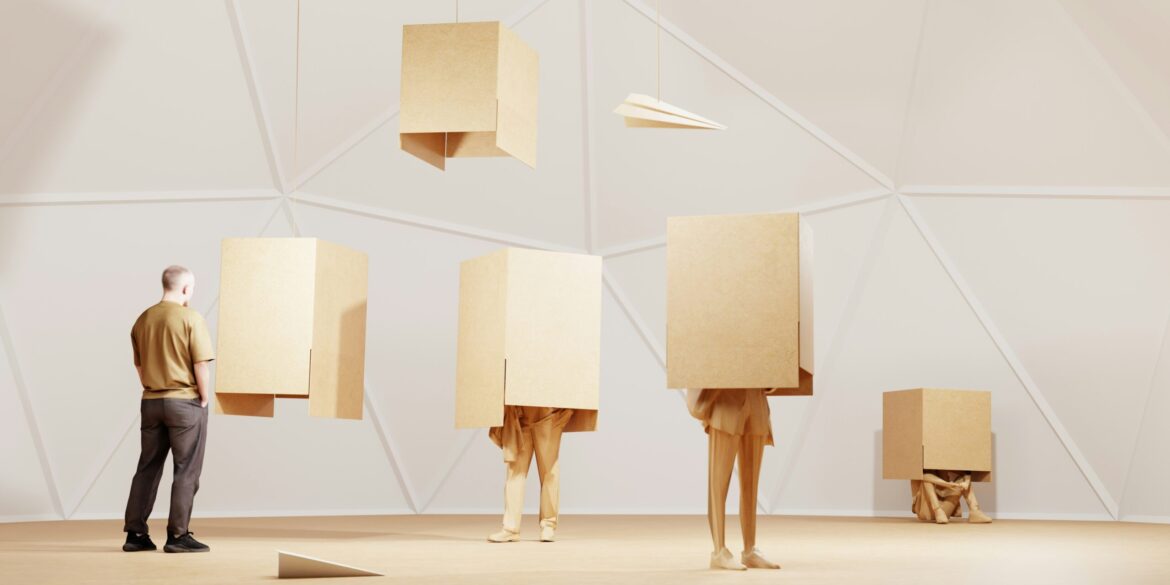In a world constantly evolving, art is no different. Emerging artists, often on the fringes of the mainstream, are breathing new life into traditional concepts and pushing the boundaries of creativity. Today, these artists are not only producing work that challenges our understanding of art, but they are also reshaping how it is created, presented, and consumed. With the rise of new technologies, shifts in societal values, and a growing demand for inclusivity, these creators are making their mark on the cultural landscape in significant ways.
The emerging artists of today are not confined to traditional galleries or physical media. Instead, they are integrating technology, breaking societal taboos, and exploring new methods of expression that give them a direct voice in a world where art is increasingly democratized. This article explores the impact these artists have had on the art scene, focusing on technological integration, the reinvention of classic mediums, and the rise of new art spaces.
The Role of Technology in Modern Art
Advancements in technology have drastically changed the way artists create and interact with their audience. Digital art, virtual reality (VR), and augmented reality (AR) have allowed artists to experiment in ways that were previously unimaginable. These tools open up new creative possibilities and offer exciting avenues for exploration, as well as ways for the audience to engage with the work.
In recent years, VR has particularly exploded as an art form. Artists like Kara Swisher, whose 2024 VR installation “Virtual Gaze” was showcased at the Venice Biennale, have used VR to transport viewers into entirely new worlds. Swisher’s piece was revolutionary for how it used immersive technology to examine identity, perception, and the boundaries of the virtual and physical worlds. Through VR, viewers were not passive spectators but active participants in shaping the art experience.
Similarly, AR has given artists the ability to overlay digital images on the real world. Judy Chicago, a prominent feminist artist, teamed up with tech firms in 2025 to create “The Dinner Party,” an AR version of her iconic installation, where users could experience the powerful piece in their homes or other unexpected locations. This innovative integration of technology has allowed her work to transcend the limitations of physical space, making it more accessible and interactive.
Moreover, digital platforms like SuperRare and Foundation have allowed emerging artists to sell and showcase their works as NFTs (non-fungible tokens), further revolutionizing the way art is traded and collected. Artists such as Beeple and Pak have been at the forefront of this movement, making millions of dollars by creating digital art that is verified on the blockchain. This new avenue is empowering artists to bypass traditional galleries and auction houses, giving them more control over their work and its commercial success.
Reviving Forgotten Mediums and Styles
While technology has opened up new opportunities, emerging artists are also looking to the past for inspiration. Across the globe, young creators are breathing new life into long-forgotten mediums and techniques. From reviving classical forms of printmaking to exploring sculpture, contemporary artists are merging old traditions with new concepts to create fresh works that speak to today’s cultural climate.
For example, Yayoi Kusama, a celebrated Japanese artist, continues to blend the old and the new in her installations. Her famous polka-dotted pumpkins have become synonymous with modern art, yet her work heavily references traditional Japanese art, combining it with avant-garde styles. Similarly, Takashi Murakami, known for his “superflat” style, which combines pop culture and traditional Japanese aesthetics, is celebrated for recontextualizing ancient cultural motifs to reflect modern-day issues like consumerism and mass media.
Other emerging artists, such as Shantell Martin, are using traditional mediums like drawing and printmaking to produce large-scale installations that engage the viewer physically and intellectually. Martin’s live drawing performances have captivated audiences globally, and her work has been displayed in places as varied as London’s Tate Modern and Los Angeles’ Museum of Contemporary Art. By revisiting and reinterpreting established practices, these artists are creating innovative works that challenge how we perceive and experience art.
Breaking Barriers in Art Spaces
The art world has traditionally been defined by its boundaries: the walls of galleries, the spaces where art is displayed, and the exclusive nature of art institutions. However, emerging artists are shattering these conventions and creating new forms of engagement. Public art, street art, and even digital installations have become more common, democratizing art and making it accessible to a wider audience.
Artists like Banksy have been instrumental in changing the landscape of art by taking it outside of traditional galleries. His anonymous street art, often politically charged, critiques capitalism and social inequality. Banksy’s pieces, which appear in unexpected locations, have turned the urban environment into a living canvas, challenging the notion that art only belongs in a gallery setting. Other street artists like Jean-Michel Basquiat and Keith Haring similarly broke with tradition, pushing their work into public spaces to engage directly with everyday people.
The rise of digital art has also prompted a shift in how art spaces are conceptualized. For example, TeamLab, a collective of digital artists based in Japan, creates interactive, immersive exhibitions that completely alter the way art is traditionally consumed. Their work, often presented in vast, immersive rooms filled with projections and digital installations, invites the audience to move through and interact with the art, breaking down the barriers between the creator and viewer.
Additionally, the creation of virtual galleries and NFT marketplaces, such as Art Blocks and Decentraland, has revolutionized art spaces in the digital age. These platforms offer artists the ability to showcase their work in virtual worlds, while also providing collectors with a new way to purchase and interact with art. With the rise of digital art, it’s clear that art spaces are no longer defined by physical walls.
Conclusion
The role of emerging artists in shaping the future of art is undeniable. Through technological integration, the revival of traditional techniques, and the breaking down of boundaries in art spaces, these artists are creating innovative works that challenge our understanding of art itself. As the global art scene continues to evolve, these creators are at the forefront, driving the future of art and ensuring its continued relevance in the digital age.
As technology continues to evolve and artistic communities become more inclusive and diverse, the role of emerging artists will only grow more significant. Their works are not only changing the way we view art, but also how we experience it — making art more accessible, more interactive, and more inclusive than ever before.

